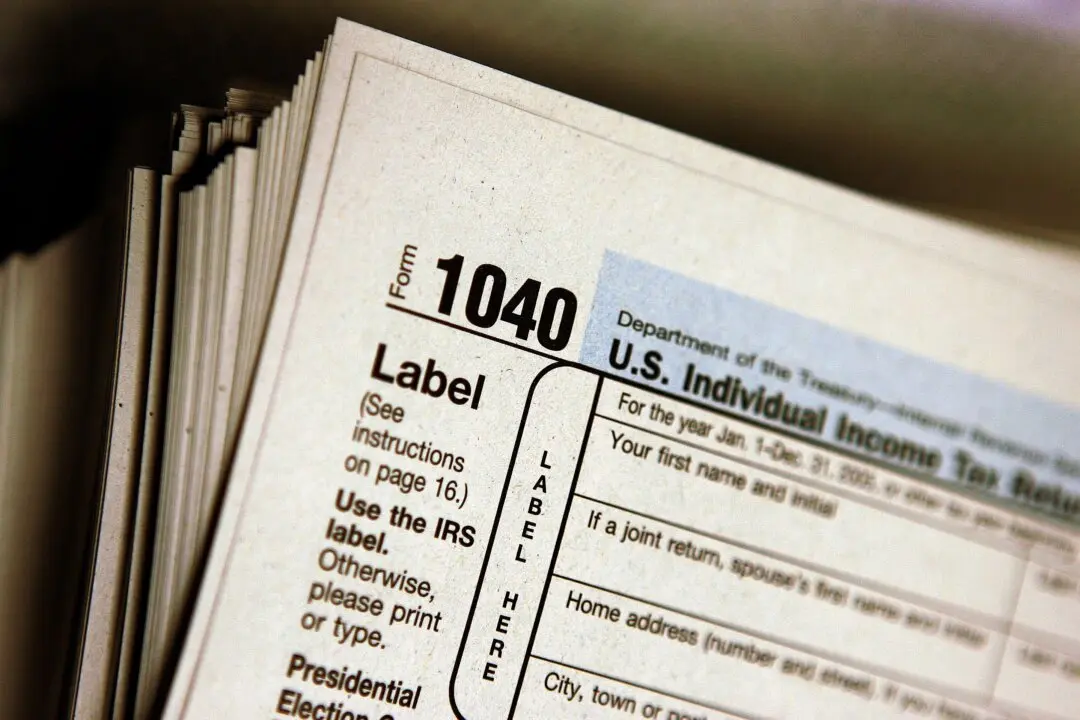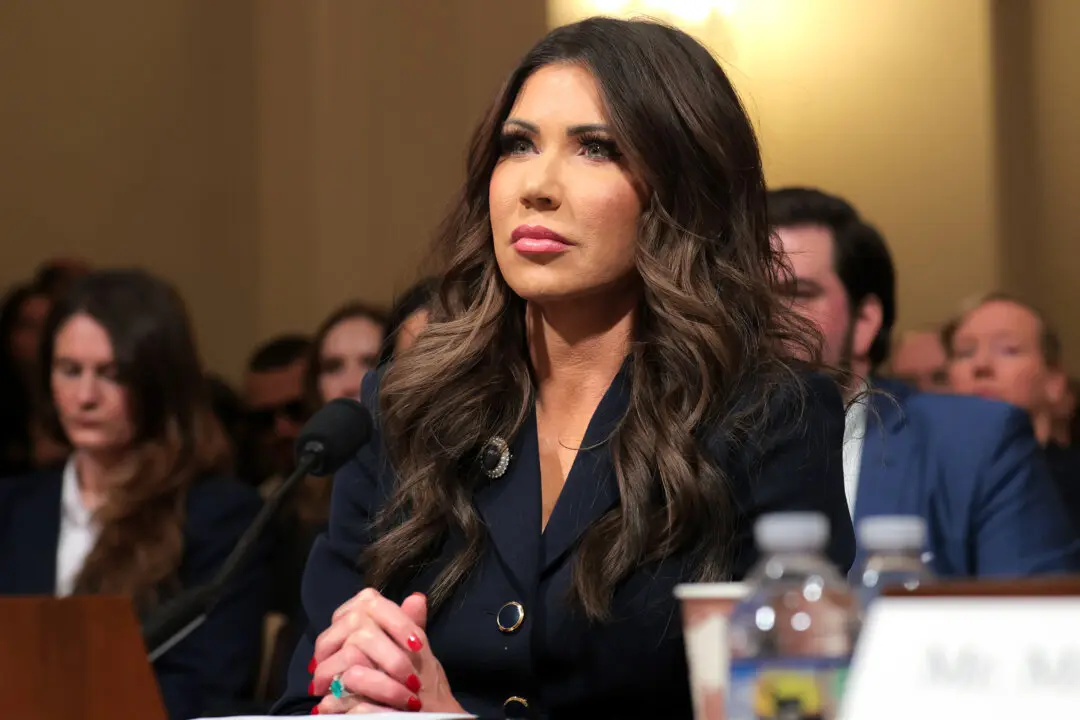Initial jobless claims dropped below 300,000 for the first time since the beginning of the COVID-19 pandemic, when lockdowns were commonplace, according to a report released by the Labor Department on Oct. 14.
The claims, which analysts often tie to layoffs, decreased to 293,000 last week, as compared with 329,000 a week earlier, the agency stated. The four-week moving average for unemployment claims fell to 334,250—the lowest since March 2020.





